THE WEIRD THINGS THAT NEVER MAKE IT INTO THE HISTORY BOOKS
Most stories that become documented as “history” are usually those stories that detail the “important”, events of our area’s timeline. Normally, we memorialize the benchmarks of the past deemed worthy of remembrance. The formation of our governance, the stories of major wars, the evolution of society and economies and those key people who were stewards of that change.
What is left out and often kicked the margins of time, however, is often the “good stuff”. The odd ball, the strange, the mysterious, the weird, the contradictions, and sometimes events that just defy logic, convention and laws of nature. The stories the history books forgot.
Here are a few from Northwest Ohio that may challenge your beliefs about our past and any notion you had that Toledo and the area did not have an interesting past.
Toledo Architect designs a Penitentiary Made of Glass
In 1916, Toledo was pretty proud of its reputation as the Glass Capital of the World. So proud that Toledo architects Schreiber an Beelman thought that building a prison completely out of glass was a novel and practical concept. So the plans were drawn up and submitted to the state commission that was considering plans for a new state prison. According the news reports, sociologists thought it was also a good idea. By using a combination of glass and brick for the cells, the prison could be circular in design and a guard station would be located in the center so one guard could see into the cells from that center point and monitor what was happening. While it might have been a novel idea, the prison commission apparently had other plans and the dream of a glass prison for Toledo was shattered quickly.
“House of Mystery on Collingwood”
In 1934, the reporters were quick to label it “the House of Mystery”. And that it was. At 1218 Collingwod Blvd, a series of strange events occurred and police were left to wonder what had happened there. On July the 18th, a resident of the home, 65 year old Platt Tucker who often rode a bicycle vanished and police were looking everywhere to find him. It seems as he fell out of sight, police found his 59-year sister, Elma, in a side-yard, unconscious after having been pushed out of an attic window. Fingerprints found in the dust of the windowsill indicate she may have hung there a long time before falling the ground. During the course of helping her, Police then found a 61 year old sister, Alma, chained to a bed post in a second floor bedroom. The mother and father died about a year before. Police say the house was in a terrible state of disrepair and cleanliness and Alma was not only chained to the bed but had been provided only scraps of bread to eat off the floor. Platt Tucker, the missing brother returned home the night police discovered the scene, but Tucker managed to slip through their guardposts and made his way off into the darkness.
Eccentric Mystery Man Dies at Toledo State Hospital
All the staff knew about Lynn Johnson was that he had lived at the hospital for 27 years after being admitted for a minor ailment in 1900. But the eccentric Johnson died in a four story fall from a rooftop at the hospital on February 28, 1927. Johnson, it was said never wanted to leave the hospital and stayed on for almost three decades, earning his keep by doing handyman work. He never revealed to anyone where he came from or why he liked living there. He saved all of his money and gave over $600 to the campaign fund to save the hospital. When children would be discharged from the hospital he would give them a $2 bill in a wooden frame that he had crafted.
Toledo Man is Builder of Lincoln’s Funeral Car
In 1865 Myron Lamson Toledo had a big job to complete. He had been put in charge of designing and building President Lincoln’s new presidential railroad car, the “Air Force One” of its day. As the car was nearing completion, in April of 1865, Mr. Lincoln was assassinated at Ford’s Theater in Washington. Now, it was Mr. Lamson’s duty to convert the car into a funeral car for the dead president. With Mr. Lincoln’s body to be carried from Washington on a special 180 city tour across the nation to its final resting place in Illinois, the 42-year old Lamson, an enlisted man in the Union Army had little time to spare to prepare for this historic and final trip for Mr. Lincoln.
It would be the only time Lincoln would be aboard his special car. The train would bear not only Lincoln’s coffin, but that of his beloved son Willie who had died in 1862. His body had been disinterred in Washington so that it could be buried alongside his father’s in Illinois. And if you recognize the name, Lamson, Myron Lamson was the father of Julius and Charles Lamson who started Lamson’s department store in Toledo. Mryon Lamson would later work for his sons at the store.
Boys in Findlay Boys Find Treasure In a Bird’s Nest
In April of 1888, Three or four boys were playing on the Toledo, Columbus and Southern Railroad bridge in Findlay when they discovered a bird’s nest in the roof of the bridge, which they proceeded to investigate, On reaching the nest they were astonished to find, instead of eggs, a silk handkerchief in the nest. Without delay, they unwrapped it and found thirty-six solid gold rings, the cheapest of which jewelers say, was worth $5. It made the value of the find not less than $200. How this could be, did it really happen or where the rings might have come from is all food for thought. But strange food indeed.
Strange Wild Beast Roaming Wood County
Back in 1902 when oil well derricks studded the landscape of Wood County, there was a boom town called Mermill. One of many such towns that today are little more than a memory and the name of a road.
In those days, there were plenty of hardships to contend with in the rural community, but one of them was for awhile was a mystery. Some of the locals began to report that there was a strange beast roaming the area at night and terrorizing the citizens and the animals. The local farmers say it was about six feet long and dark in color. Whatever the beast might be it was killing some cattle and a $50 reward was offered for its capture and scalp. Other reports indicate it not just is a danger to livestock but the beast would hide in the underbrush and then leap out at unsuspecting children with an “unearthly scream”.
Toledo Street Walkers Declare Themselves to Be Orphans
One morning in February of 1901, Toledo Police Judge James Austin had brought before him, ten young women of the street who were accused to accosting men in the downtown area and offering their services. When
the judge asked for their names, they all claimed to be orphans and did not know their names. The court room was filled with snickers. One of the girls laughed loudly and between giggles, started laughing so loudly it was contagious and soon every in the room was laughing including the judge. And the amiable Judge Austin must have ben affected by the hilarity as he told the girls that all the charges were being dismissed. He instructed them that if they were going to accost men, they should do it on streets that aren’t so prominent and where it wouldn’t be so public.
The Name Game of Street Characters
Nicknames are not unusual among those characters who are well known on the streets and who find often themselves at odds with the law. Sometimes, the names their mothers awarded them at birth at were largely forgotten as they answer to their earned names. Such was case as a group of “frequent flyers” stood before the police court Toledo one hot August morning in 1915. They bore such monikers as “Beehive Eddy”, “Red Shirt”, “Scarry Jack”, “Creosote Jim” and “Equator”. I’m sure there is a story behind all of those names and wouldn’t you like to know them?

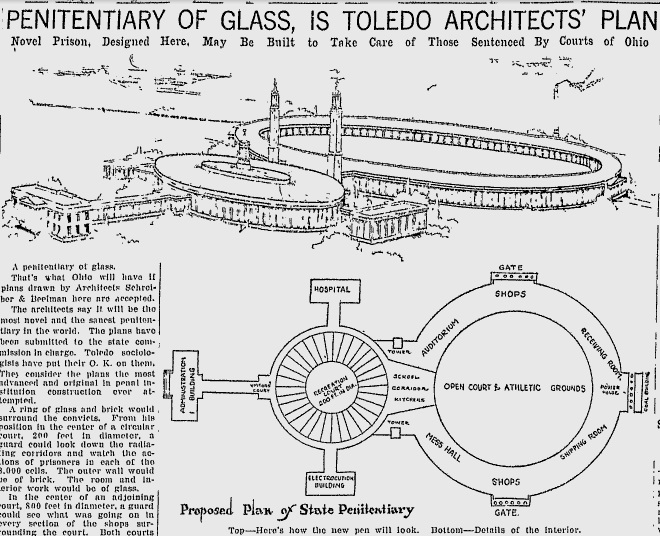
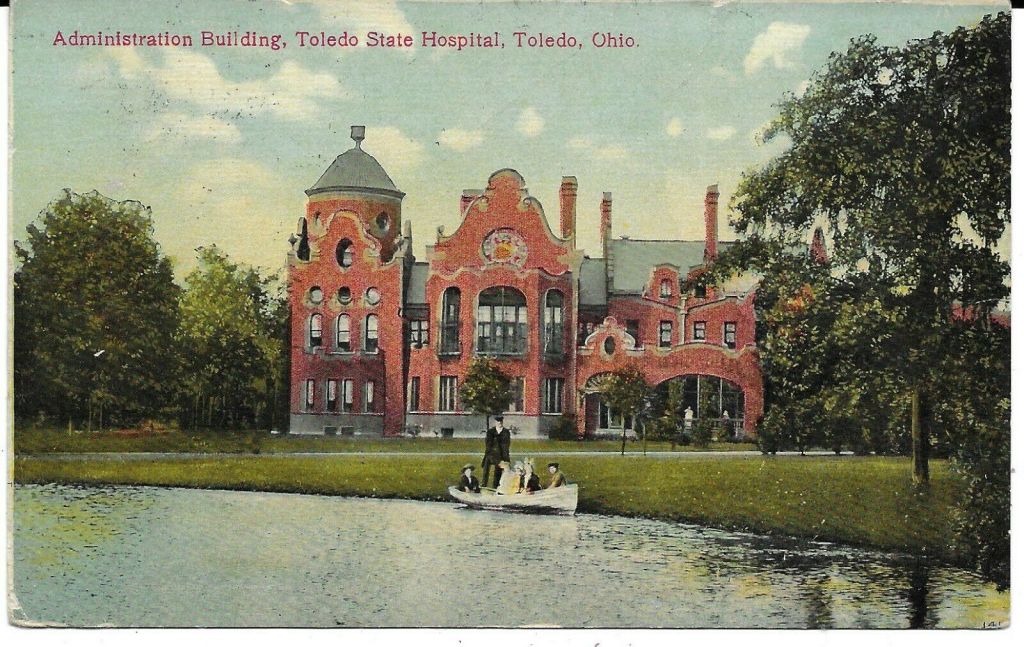
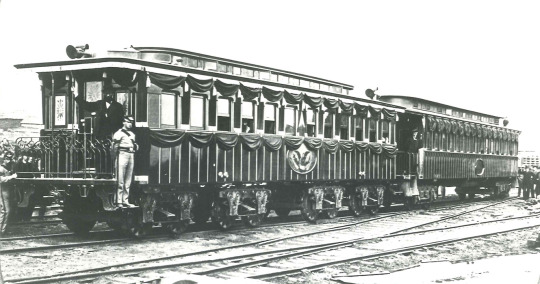
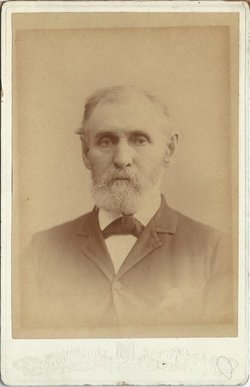

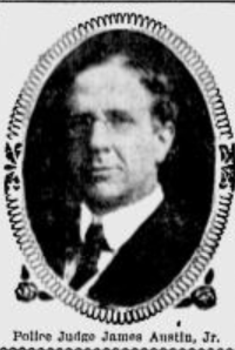


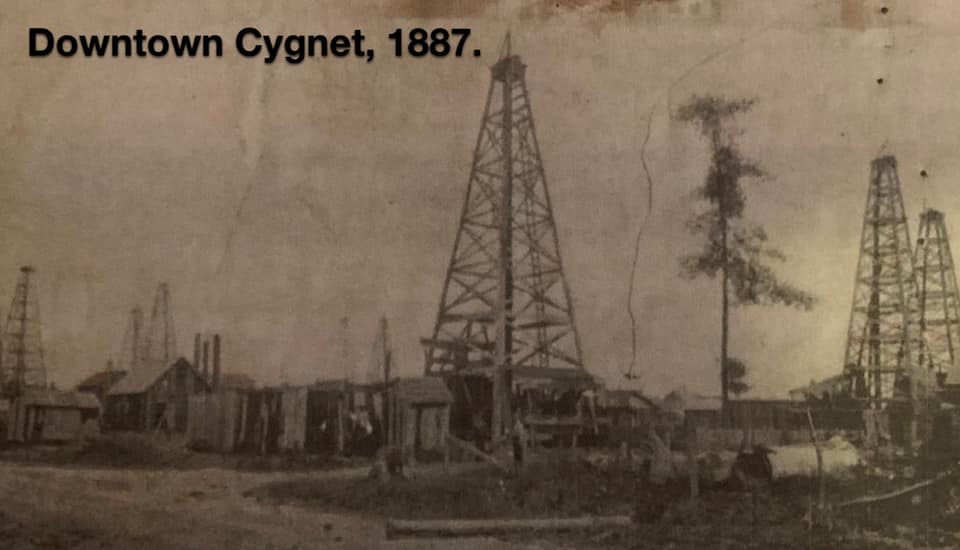
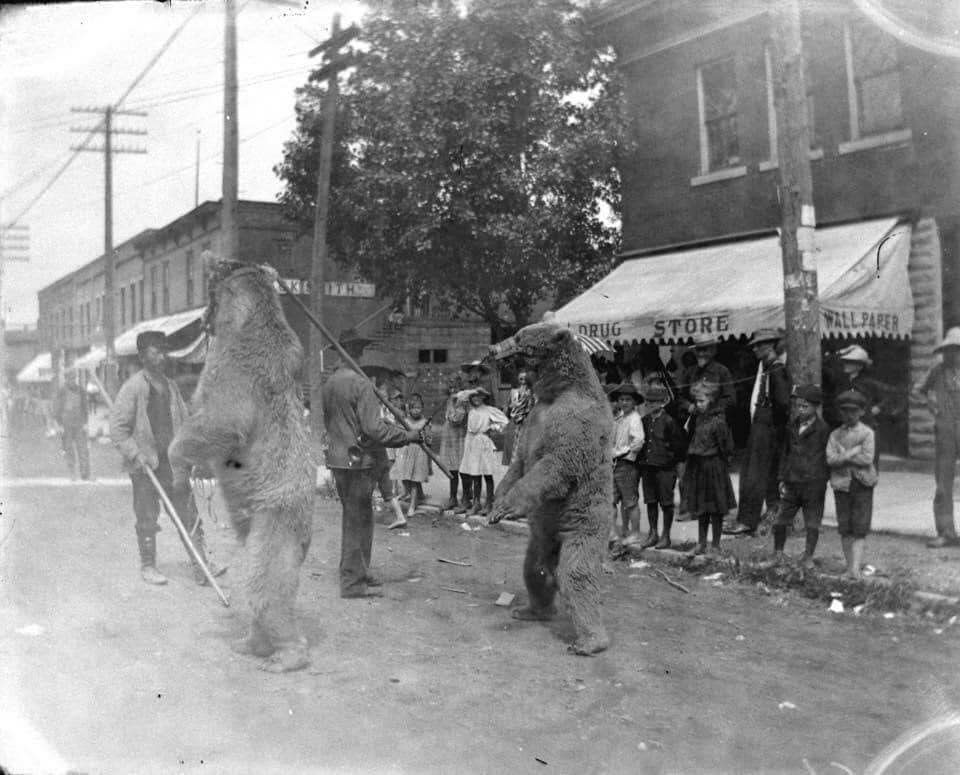 But as the oil stopped flowing with abundance and sweeter crude deposits were discovered in Texas and Oklahoma, the glitter of Wood County’s “black gold” began to fade. By the 1920’s, Cygnet was sobering to reality that the best days might be behind them, although, Cygnet was still handling much of the Ohio basin crude oil that was still being extracted. Productive drilling in the region was still common through the 1930’s, although not nearly as prolific as in years prior. It was however, still the main hub for many of the pipeline companies and tank farms that took root in the region during the boom years. But the wild days were over. A
But as the oil stopped flowing with abundance and sweeter crude deposits were discovered in Texas and Oklahoma, the glitter of Wood County’s “black gold” began to fade. By the 1920’s, Cygnet was sobering to reality that the best days might be behind them, although, Cygnet was still handling much of the Ohio basin crude oil that was still being extracted. Productive drilling in the region was still common through the 1930’s, although not nearly as prolific as in years prior. It was however, still the main hub for many of the pipeline companies and tank farms that took root in the region during the boom years. But the wild days were over. A 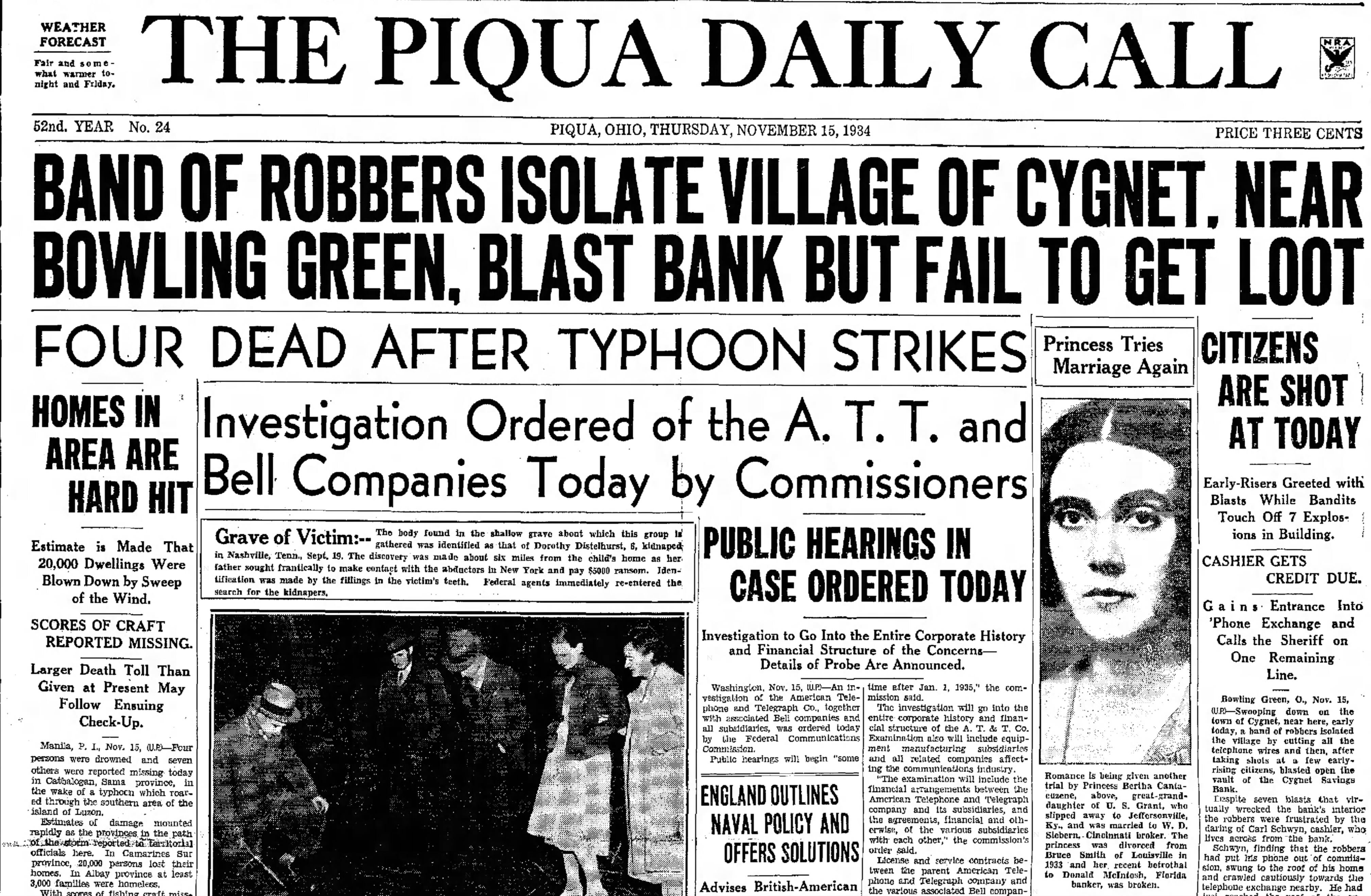 once bustling community which had spread its wings wide and proud for many years, was now but a little swan, as its name implies, settling into a much quietier future. But one day in November of 1934, it awoke from its slumber. For on Thursday morning, November 15th, the whole town was shaken and taken hostage.
once bustling community which had spread its wings wide and proud for many years, was now but a little swan, as its name implies, settling into a much quietier future. But one day in November of 1934, it awoke from its slumber. For on Thursday morning, November 15th, the whole town was shaken and taken hostage.



 Toledo’s downtown streets were not immune to the ravages, as street level temps were recorded in excess of 110 degrees for a week of afternoons. At the Jamra’s Tobacco Company in the 500 block of Monroe Street, the thermometer recorded 119 degrees on the afternoon of July 8
Toledo’s downtown streets were not immune to the ravages, as street level temps were recorded in excess of 110 degrees for a week of afternoons. At the Jamra’s Tobacco Company in the 500 block of Monroe Street, the thermometer recorded 119 degrees on the afternoon of July 8
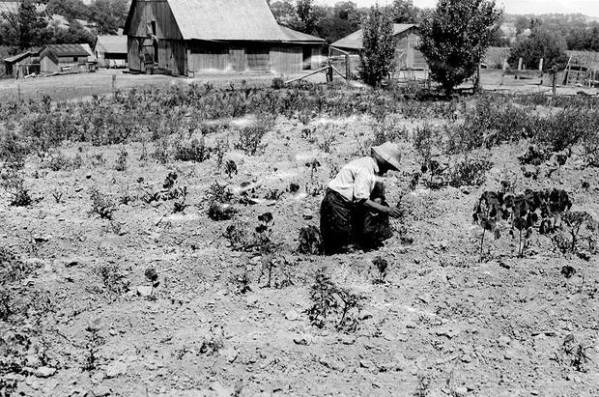



 .
.







